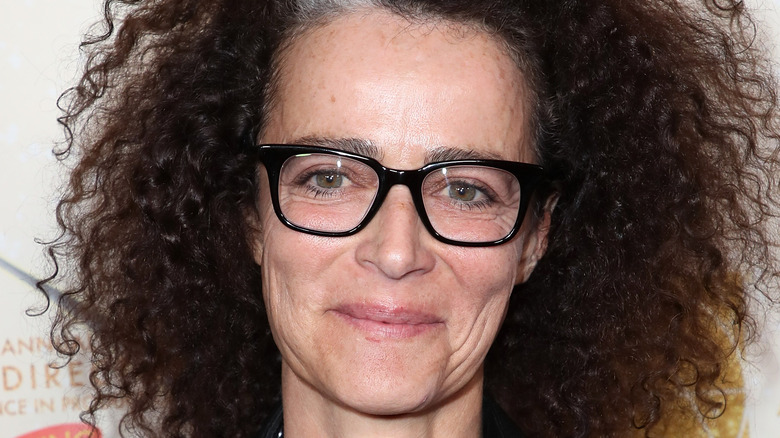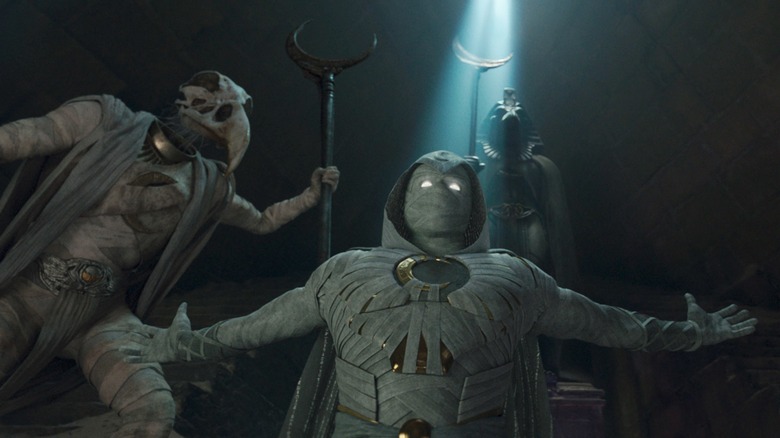Production Designer Stefania Cella Compares Moon Knight Practical Sets To Visual Effects - Exclusive
In the age of continually evolving visual effects, it's hard for even the most sharp-eyed viewers to delineate which settings are real and which are created through computer-generated imagery. No matter the case, it doesn't seem to affect the process of "Moon Knight" production designer Stefania Cella, an Art Director's Guild nominee who has amassed nearly 30 credits since she began her career in Hollywood more than 20 years ago (per IMDb).
For much of her career, Cella has worked on character dramas, starting with the ABC series "Once and Again" in 1999, and after that, she ventured into such crime thrillers as "John Q," starring Denzel Washington, and "Black Mass," starring Johnny Depp. The production designer's career started taking an interesting turn in 2017, though, with writer-director Alexander Payne's sci-fi fantasy "Downsizing," which employed some notable visual effects since the film's star, Matt Damon, was shrunk down to play a character five inches tall.
As Cella would soon discover, her role as a production designer would dramatically change as she was introduced to the world of Marvel Comics. In 2022, the first comic book movie she worked on, "Morbius," was released, followed by the Marvel Studios miniseries "Moon Knight." And while fans have come to expect a bevy of visual effects in the superhero genre, they may be surprised how many practical sets were able to be captured on camera in "Moon Knight."
Cella says there is more practicality in Moon Knight than fans might think
In Hollywood's yesteryear, production designers would generally see their creativity come to life as practical sets enhanced either by real locations, or matte paintings or rear projection substituting for the backgrounds. Times have undoubtedly changed, though, with CGI replacing more traditional methods, so changing the way the work of production designers appeared in visual effects-heavy projects.
However, since "Moon Knight" executive producer Mohamed Diab wanted to take a grounded approach to the series, Cella was able to see some of her set designs come to life in person. In fact, Cella revealed, one of the few visual effects in the pilot episode came when Marc Spector-slash-Steven Grant (Oscar Isaac) summons the suit and powers of the cloaked superhero Moon Knight.
"Episode 1 has almost everything on camera because there are locations and the apartment is a set. We start to get [visual effects] when [Marc-Steven is] turning into Moon Knight," Cella told Looper in an exclusive interview. "There was a costume, but then the transformation is a visual effect, but the spaces were real."
Cella broke down the rough percentages of practical versus artificial effects when it came to her set design, and often, CGI was only used to enhance a physical structure. "The museum was built in an empty space. We built all the statues. The chamber of the gods was built up to 35 feet," Cella revealed. "I would say that 60%, 70% is on camera. Then, when they start to go up, that's CGI and Cairo, the Cairo set was a back lot. The main street is built and then the [settings] in the distance are set extensions. So far, up through the first four episodes, a lot is on camera."
The first five episodes of "Moon Knight" are streaming exclusively on Disney+, with the miniseries' finale set to premiere Wednesday, May 4.

